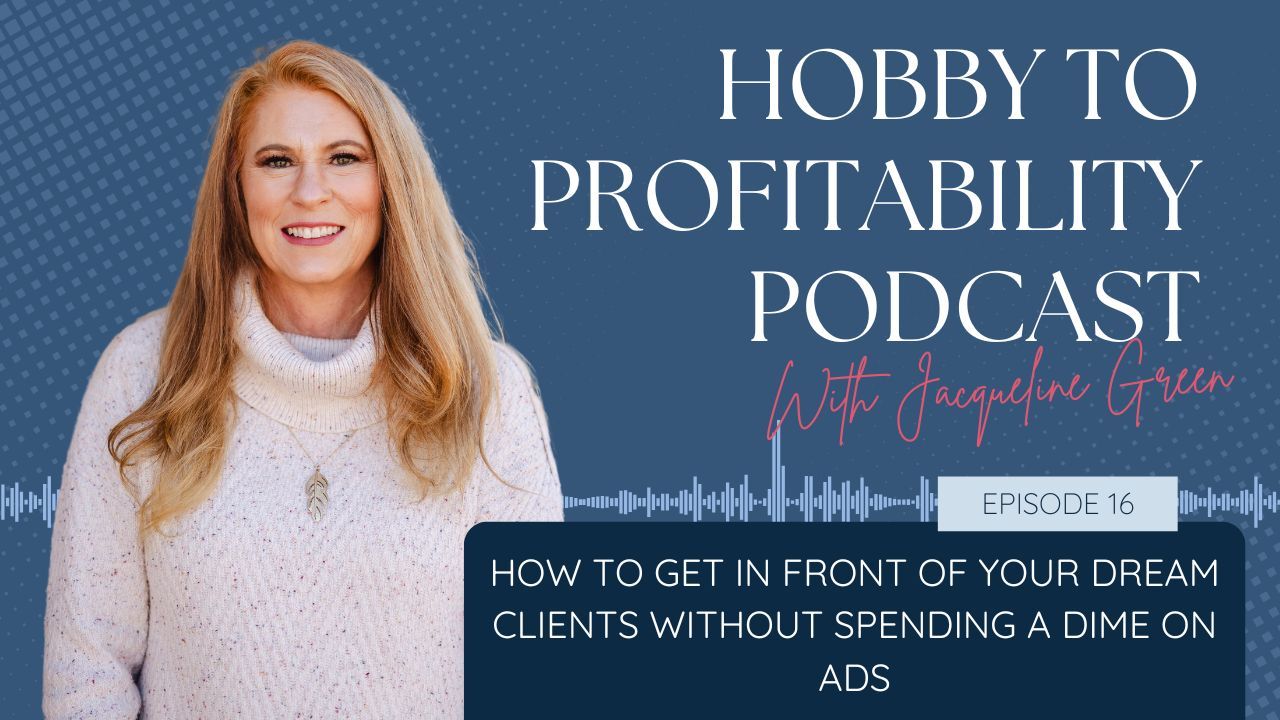8 Steps to Writing a Personal Brand Statement that Sells You
Sep 03, 2021
Have you ever wondered how designers and influencers end up famous, whether through television, social media, or other outlets? All those personalities have one thing in common. They started developing a brand and then shared it in everything they did across all channels. Your goal may not necessarily be to host a reality show, but it is to succeed in your design career. To be successful, you can benefit from developing a personal brand.
Whether you realize it, you have a brand. You may not have it written down, but you have a personal brand. A brand is the perception others have of you. Your clients and those working with you all perceive your design style and the work performed. That perception states who you are as a professional interior designer, influencing whether someone wants to hire you.
Check out: “Everything you need to Know about Personal Branding.”
You may look at “branding” and think it is just colors, fonts, and a logo. But, it goes much deeper than that. Instead, a personal brand helps you define who you are, what you do, and how you can help someone else with the service that you provide. We define a brand by creating a personal brand statement.
Having a personal brand statement is so crucial for anyone who is growing a business or career. I recommend creating three statements – short, medium, and long versions.
Check out: "How (& Why) Emerging Design Professionals Can Create a Personal Brand"
These statements allow you to show the bigger picture of what you can do in just a few short but meaningful sentences. You may be wondering how to create a personal brand statement. Here are some easy-to-follow steps that can help you create a powerful brand statement that will stand out among your competitors.
Step 1: Create 3 Lists
Before you begin writing your statement, start with brainstorming and writing down three lists:
-
Strengths and accomplishments
Start by creating a list of your professional skills that helps your clients. List every strength you have, programs you use, and skills that will benefit your clients as an interior designer. This is a similar task to when you wrote your resume.
Check out: “How to Get Attention with a Tailored Interior Design Resume & Cover Letter”
-
Perception from Others
How do other people see you? If you are not sure, then you should ask those you trust. Be sure to add the good and bad. For example, if you are known for being late to every meeting, that can deter someone from hiring you. Recognizing your strengths and weaknesses through other people’s eyes will help you craft your messaging.
-
What you love about your career, self, and characteristics
I think this is one of the hardest parts of developing your brand statement. It requires you to take self-stock and be incredibly honest. For instance, if you are not a strong drafter, don’t add that just because you think it is expected. Be honest with yourself.
Step 2: Define your target audience
You are not selling your services to everyone. This is a misconception among many business owners. Instead, it is essential to understand who will hire you. By identifying your target audience, you define who and understand the audience's pain points. When we understand our audience, we are better able to showcase how we can help them.
Check out: “10 Ways an Interior Designer can Improve their Leadership Skills”
This is important to note because when you create your personal brand statements, it will reflect how you help your target audience through your design and services.
Step 3: Identify your Competitive Advantage
Think about what makes you stand out from other designers. First, you want to define how you are different from others. Then, when a potential client reads your brand statement, you want them to automatically think, “Wow, they are different from the rest!”
Understanding your differentiation can help you write a more powerful brand statement. If you are just like everyone else and do not find something that helps you stand out, then that potential client will most likely move on to the next interior designer. Work on figuring out how you can shine among your competitors.
Check out: “How to Identify your Competitive Advantages as an Interior Designer”
Step 4: Write Short Sentences with Action Words.
Begin by working on the long-length statement first, as it is easier to prioritize and cut out sentences for the medium and short statements. Then, summarize the information from steps 1 through 3 into short sentences. Don’t worry about making it perfect right now.
Once you have a good number of sentences and feel you have summarized the information you wrote down, you will prioritize the most critical information. Again, not everything needs to be included, just the items that will set you apart and help prospects remember you.
Here are a few questions to help you with the process.
- Why should someone hire you or work with you over the competition?
- How do you want your audience to think of you?
- How are you different from your competition?
By answering these questions, you will create a brand statement that defines who you are as an interior designer and how you can help your clients with your unique skill set. It is essential to be creative and find ways to add in adjectives while also keeping this concise.
Step 5: Cut and Combine Sentences
Start with reading your statement out loud. Does it flow nicely? This is a great trick for helping you clean up the sentences. Once you feel good about the long statement, you can cut the least valuable items for the shorter statements.
Remember, the short statement is used when first meeting someone. The medium statement is when someone asks more about you. Finally, the long-length statement is for written form such as your LinkedIn Summary or Website About Me page.
Step 6: Add in a Call To Action.
It is hard to fathom that you are a product and your personal brand statements are selling you. Think about how someone should respond when they read your statements. This is your call to action. You want them to read your statement and then call you to get started. It may be something as simple as reaching out for an introductory call or check out your Instagram for project photos. Your goal is to leave them wanting more from you.
Learn more about branding by Registering for our NOW OPEN New CEU: Building a Brand Beyond Logos.

Step 7: Proofread with Fresh Eyes
I am amazed at how much time I spend writing, re-writing, and proofreading to only find a mistake weeks later. It is frustrating. I recommend using Grammarly. It has saved me on many occasions. Also, walk away from what you wrote and come back to it in a day or two. A fresh mind will help you focus on the content.
Step 8: Share your Personal Statement
After following these steps and forming your personal brand statement, you can now use it in many aspects of your business.
Some great places that you can add your personal brand state are:
- Add it to social media or in your email signature.
- Add it to your resume or portfolio.
- Add it to your website if you have one built.
Wherever you choose to use it, having a brand statement will allow you to have a great summarized statement of you, your brand, and your expertise readily available whenever you need it.
Check out our newly launched course "Build Your Brand Identity Beyond Logos: How Interior Designers Can Use Branding to Build a Successful Design Business". This is a 1.5 IDCEC credited course and is $49!
Sign Up for Our Monthly Newsletter
Get helpful career, business, and design tips right in your inbox each month.
At Behind the Design, we are committed to building a stronger design community by reimagining education, training, and support for interior designers. Through our various software training options, educational articles covering everything from leadership to marketing, and soon Continuing educational courses, we are committed to helping you. Join our newsletter to get the latest education and training updates.










